While still IPhone 12 A recent launch, but rumors began to circulate about what will be in the iPhone next year, and maybe for the following year, or later. This time, it is said that the next iPhone will be equipped with a Periscope lens or a telescope zoom in partnership with Samsung, and indeed a report issued by the famous and reliable analyst Ming-Chi Kuo indicated that this is coming in 2022, so what are the periscope cameras, and what does it mean to add them in the I -The next iPhone?
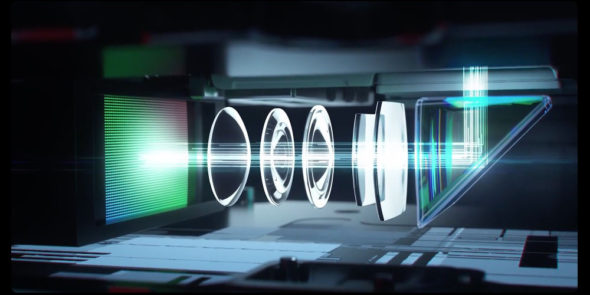
The first phone to be equipped with periscope technology
Periscope cameras are not a new and modern technology, they have been around for years. Bear in mind that cell phones were only equipped with cameras starting in the year 2000. In 2004, Vodafone announced the launch of the 3G network in the UK with its Sharp 902 phone, and it was considered the first phone. With a 2-megapixel camera in the whole of Europe, it was characterized by 2x optical zoom. This zoom was done using only one camera instead of switching from a wide camera to a telephone camera, as modern phones do today, and this is due to the use of the periscope camera technology and design.
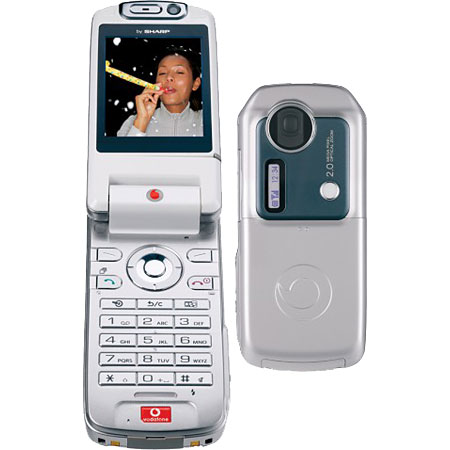
Then it launched the Sharp 903 phone in 2005 with a resolution of 3.15 megapixels, and its successor came to the 904 with the same resolution with the use of optical zoom in 3G video calls.
After that, technology began to spread in phones, led by Nokia's leading phones at that time, such as the Nokia N93 and its successor N93i with a 3.15-megapixel camera with a "German" Zeiss lens with 3x optical zoom.

Periscope technology was used in standalone cameras long before phones. It became popular with ultra-thin pocket cameras in the XNUMXs to eliminate the need for motorized lenses that accentuated when photographing the camera body. Those early devices were of very poor quality in terms of optics, but Apple of course won't use one until it can meet the company's very high standards for photographic quality. Here's what we notice on Apple:
Do not use any new technology until you are completely sure that it is developed and free of any problems until it meets its quality standards, which is why you rarely see any new technology from Apple. You know, things like foldable phones, pop-up front cameras, or fingerprint scanners underneath the screen. Thus Apple guarantees tried and tested technologies, which makes its devices more reliable.
It is believed that the first major smartphone to feature a periscope zoom camera is the Huawei P30 Pro for 2019, although Oppo had unveiled this technology at the Mobile World Congress in 2017.
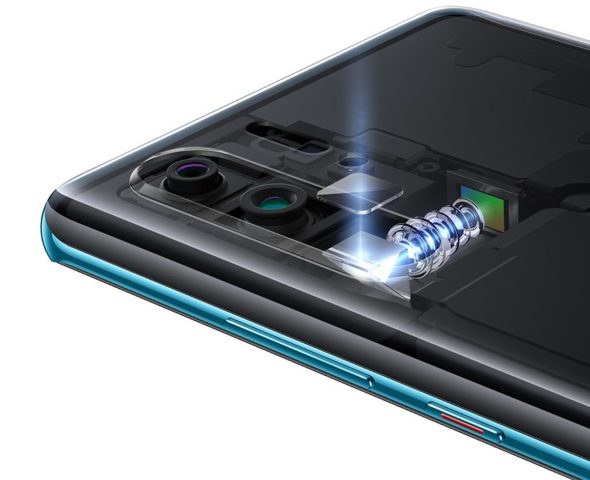
In order to understand the benefits of a periscope lens, we first need to understand how optical zoom lenses work.
How does optical zoom work?
The term “lens” usually refers to the entire construction of the lens and all its components, while glass lenses are referred to as a component of the lens.
The actual construction of a zoom lens can include a large number of components, including multiple layers of glass, with multiple moving components. But at its most basic, a zoom lens requires three elements: front, middle and rear. The front and rear elements can be installed, while the middle one moves between them.
This one-minute video is a simple illustration of how to zoom in and out:
Terminology of B indicatesiconcave lens in video to a double-sided lens is used to broaden beams of light or to increase focal lengths in optical systems, and is usually used with other lenses.
The problem with zoom lenses is that the front and rear elements must be spaced a certain distance. In general, the higher the zoom factor, the greater this distance, and this is of course a problem, especially when you want to have a high optical zoom inside a very thin device such as the iPhone.
Therefore, Apple is trying to partially overcome and compensate for it with the emergence of the camera, which is not appreciated by many, and of course this is not an ideal solution, and there are still limits to the extent of the lens’s extension until it appears acceptable and not so with the ridiculous view. This is why current iPhones are limited to 2x optical zoom.

You can of course enlarge the image further, but this depends on digital zoom, which only cropping the image more than once, and this of course is at the cost of resolution and quality.
What is a periscope lens or telescope zoom?

A periscope is essentially a tube with two 45-degree lenses attached to both ends. Two mirrors are installed inside a tube in opposite position so that the light falls on one of them and reflects it on the other, so that the other side, such as the one in the submarine, can be seen to see above the surface of the water without needing to leave the water, for example, or see beyond the walls, or in wars. And trenches. Note: Mirrors and lenses can be inserted to create enlarged and miniature images as needed. And a periscope lens uses the same principle, but with only one mirror, to bend the light by 90 degrees. You can see the idea here, in this Oppo screenshot.
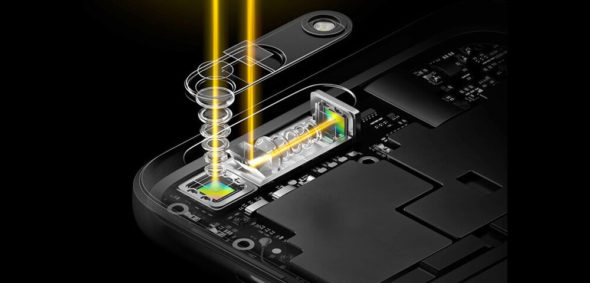
On the left is a conventional zoom lens, which requires that all elements fit the depth of the smartphone (in addition to a small bump). On the right is a periscope lens, which allows the length of the lens to be much longer, so the depth and thinness of the phone is no longer an issue.
What will the Periscope lens mean for future iPhones?
The answer in short is: a larger optical zoom without any impact on image quality and resolution. But how much is this optical zoom? The truth is, this is an open question. Although the design of the current telescope in phones, means that Apple should not worry about the thickness of the iPhone, it still has to find an area inside the body for any physical length of the lens, while the space utilized for the components inside the body will be larger than the traditional method. Old, so there are still limits.
However, the Samsung Galaxy S20 Ultra uses a periscope lens to provide a 10x optical zoom, so that it is physical rather than digital. And here is the same image that was taken on this phone without zooming in at 10x magnification:

Another image shows the difference between a 10x optical zoom with 10x zoom on the iPhone 11 Pro Max, which uses a 2x optical zoom and the rest is a digital zoom. See the vehicles on the bridge and trees next to the River Café in the lower right for the basic idea.

So we'd expect to see a 10x optical zoom, or close to it, in the first iPhone with a periscope lens. Apple will certainly present it with support from its powerful software and the results will be impressive, and it is likely to be a strong selling point as well.
Source:
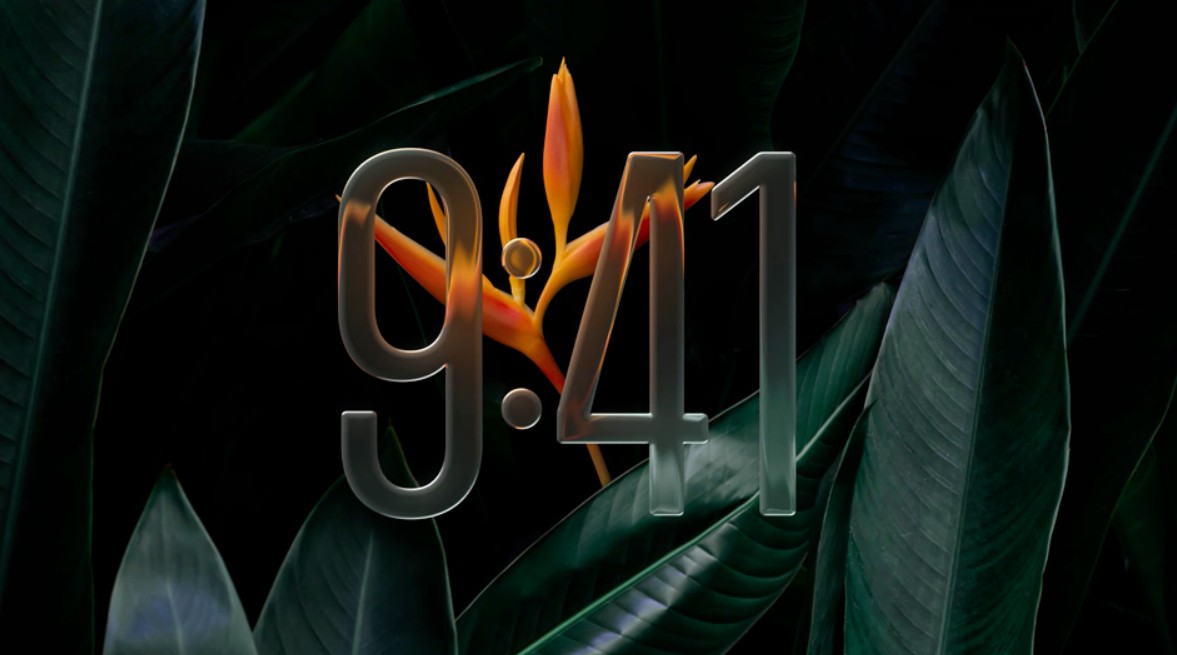
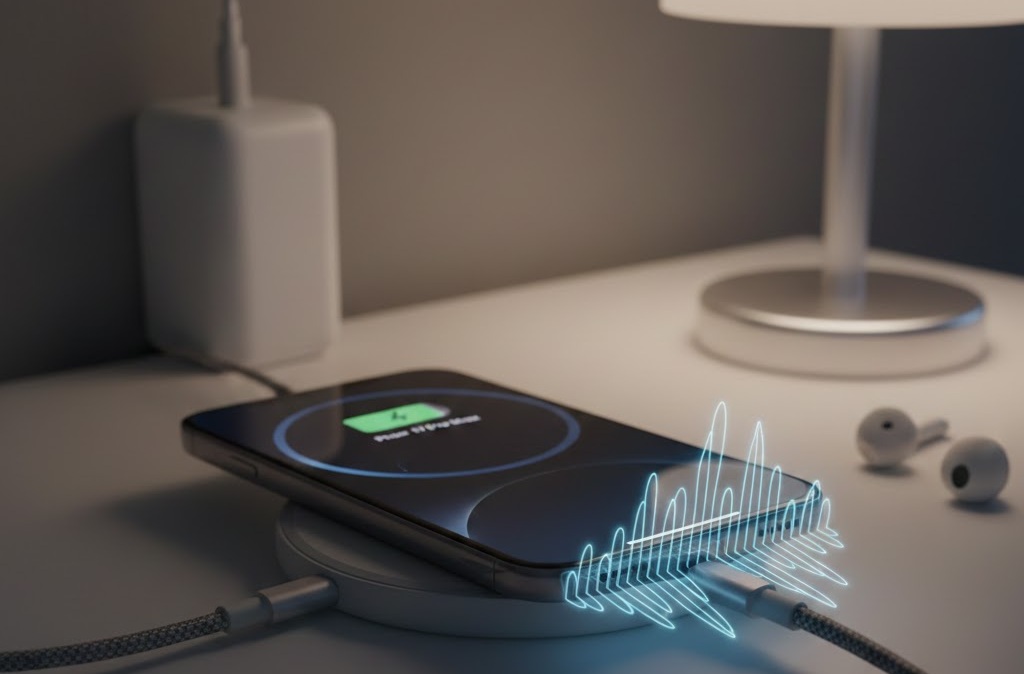
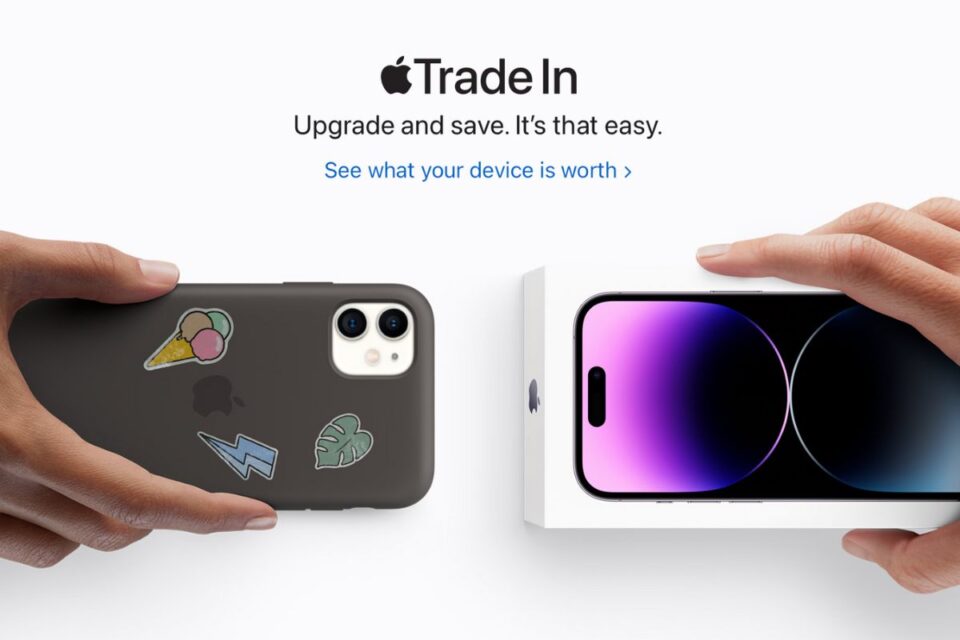
14 comment